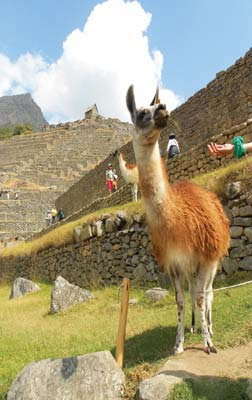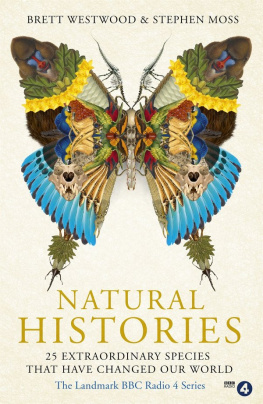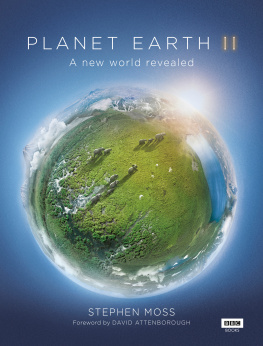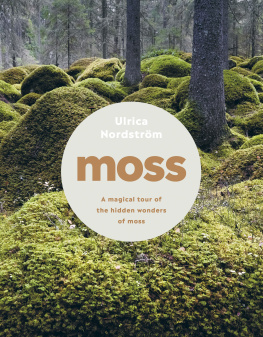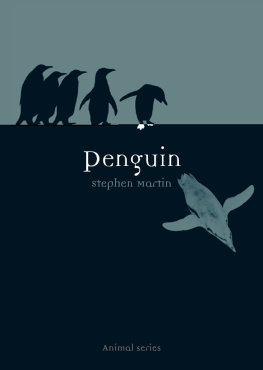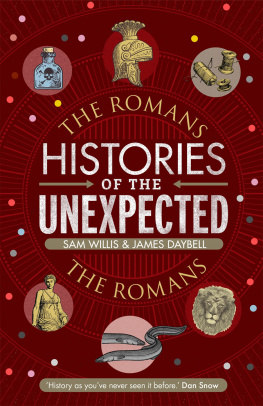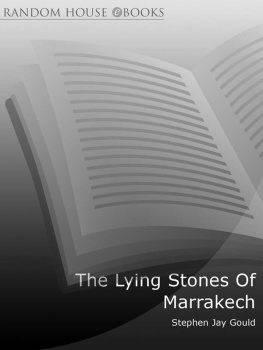Also by Brett Westwood & Stephen Moss
Tweet of the Day

www.johnmurray.co.uk
First published in Great Britain in 2015 by John Murray (Publishers)
An Hachette UK Company
Copyright Brett Westwood and Stephen Moss 2015
The right of Brett Westwood and Stephen Moss to be identified as the Authors of the Work has been asserted by them in accordance with the Copyright, Designs and Patents Act 1988.
By arrangement with the BBC
The BBC logo is a trade mark of the British Broadcasting Corporation and is used under licence.
Radio 4 logo Radio 4 2008
All rights reserved.
No part of this publication may be reproduced, stored in a retrieval system, or transmitted, in any form or by any means without the prior written permission of the publisher.
A CIP catalogue record for this title is available from the British Library
ISBN 978-1-47361-702-5
John Murray (Publishers)
Carmelite House
50 Victoria Embankment
London EC4Y 0DZ
www.johnmurray.co.uk
To all at BBC Natural History Unit Radio:
long may they inspire armchair naturalists everywhere

CONTENTS
INTRODUCTION
When we no longer look at an organic being as a savage looks at a ship, as at something wholly beyond his comprehension; when we regard every production of nature as one which has had a history; when we contemplate every complex structure and instinct as the summing up of many contrivances, each useful to the possessor, nearly in the same way as when we look at any great mechanical invention as the summing up of the labour, the experience, the reason, and even the blunders of numerous workmen; when we thus view each organic being, how far more interesting, I speak from experience, will the study of natural history become!
Charles Darwin , On the Origin of Species
Natural Histories is the result of a close collaboration between two of Britains greatest institutions, the BBC Natural History Unit and the Natural History Museum. They have formed a partnership to celebrate the wonder and variety of the natural world, through some of its most extraordinary and fascinating creatures. They have done so by bringing together two sometimes disparate but closely linked strands: nature and culture, exploring the profound impact that nature has had on human society over the course of history.
The series and this book tell the often surprising stories of twenty-five astonishing species that have managed to get under the skin of our society and change the way we see the world. From snakes to squid, brambles to butterflies, corals to crocodiles and dinosaurs to daffodils, Natural Histories in each episode or chapter takes a single species, or group of plants or animals, and explores its complex connections with our own, human world.
So we learn about the Thames whale, which inspired an outpouring of compassion when it found itself stranded in the centre of London; and the much smaller but equally fascinating flea, immortalised in poetry by John Donne and celebrated in the last century by Mexican nuns, who made a few extra dollars by selling fleas dressed in exquisitely made miniature costumes.
Some of these creatures, like the dinosaurs and mammoths, are extinct; and yet their stories remain as modern and compelling as those of the parrot and the polar bear. Why is the lion called the king of beasts? Its fascinating to examine how this particular (sometimes rather lazy) animal became such a potent symbol of power. How did the shark become shorthand for everything that we were afraid of? And the cockroach for disgust and revulsion, to such an extent that a Rwandan radio stations comparison of the Tutsi people to cockroaches was considered an incitement to the genocide of 800,000 people? There are some unexpected creatures here that you may never even have heard of: such as burbot but this very different fish has an amazing story to tell involving a Finnish heavy metal band and the Russian playwright Anton Chekhov. More familiar cultural references include Monty Python (dinosaurs rather than parrots), Moby-Dick , Crocodile Dundee and of course Jaws , with its unforgettable (albeit mostly unseen) shark.
The biology of each plant or animal is explored along with its cultural history, featuring people whose stories are inextricably intertwined with the star species of each episode or chapter. David Attenborough on gorillas to Wordsworth on daffodils, Harry Potter to Alfred Russel Wallace, and the poet John Clare to the polar explorer Apsley Cherry-Garrard. Each story tells us both about the indefatigable strength of the human spirit, the unexpected ways in which we have interacted with the species featured and, most of all, the profound connection we have with the natural world, as Sir Michael Dixon, Director of the Natural History Museum, points out: Were always looking for new ways to challenge the way people think about the natural world its past, present and future.
A (Very) Short History of Natural History
For most of the 100,000 or so years that modern human beings have existed, our relationship with nature has been a utilitarian one: plants and animals were there to be gathered or killed and then eaten. Our ancestors wore animal skins to keep them warm, and burned the oil found in some plants and animals to provide fuel. Plants were also used as primitive medicines, to provide building materials, and later to feed domestic animals or, in the case of grasses such as wheat, to make food.
As humanity became more civilised, things began to change. Nature wasnt simply there to be taken advantage of any more. The oldest cave paintings, from the Palaeolithic era, date from around 35,000 years ago. These are the first natural history artworks. Over 340 caves have been discovered across France and Spain alone. Using charcoal and yellow and red ochre, large wild animals, such as bison, horses, aurochs (an extinct wild ox) and deer run across the cave walls in every continent, while drawings of humans are relatively rare. Henri Breuil argued that the paintings were a hunting magic meant to increase the number of animals. From a modern perspective, it is hard to comprehend why these early hunters chose to portray these creatures in this way: was it for some kind of religious or superstitious reason; or did they have a more practical use, to teach youngsters how to hunt?
Throughout early civilisations gods were often pictured in animal form most notably in the ancient Egyptian pantheon where Sobek the crocodile god rubs shoulders with hawk-headed Horus and cat-headed Bastet. The Greeks were fascinated by the colourful beliefs of the Egyptians (see but they were determined to make sense of the world too. The turning point came with Aristotle (384322 BC ) who first turned natural observation into a science. In his hugely influential nine-volume History of Animals , he described how a chick developed inside the egg, the social organisation of bees and observed that some sharks gave birth to live young.
Until relatively recently, our ancestors lived and worked mainly on the land, cheek by jowl with plants and animals. Nature was mainly regarded as something to be exploited for human benefit, an attitude that found support in the Book of Genesis: And God said unto them, Be fruitful, and multiply, and replenish the earth, and subdue it: and have dominion over the fish of the sea, and over the fowl of the air, and over every living thing that moveth over the earth. It could not be clearer: mankind was very firmly in charge, and the natural world was a seemingly unlimited resource to be used and abused for our benefit.


